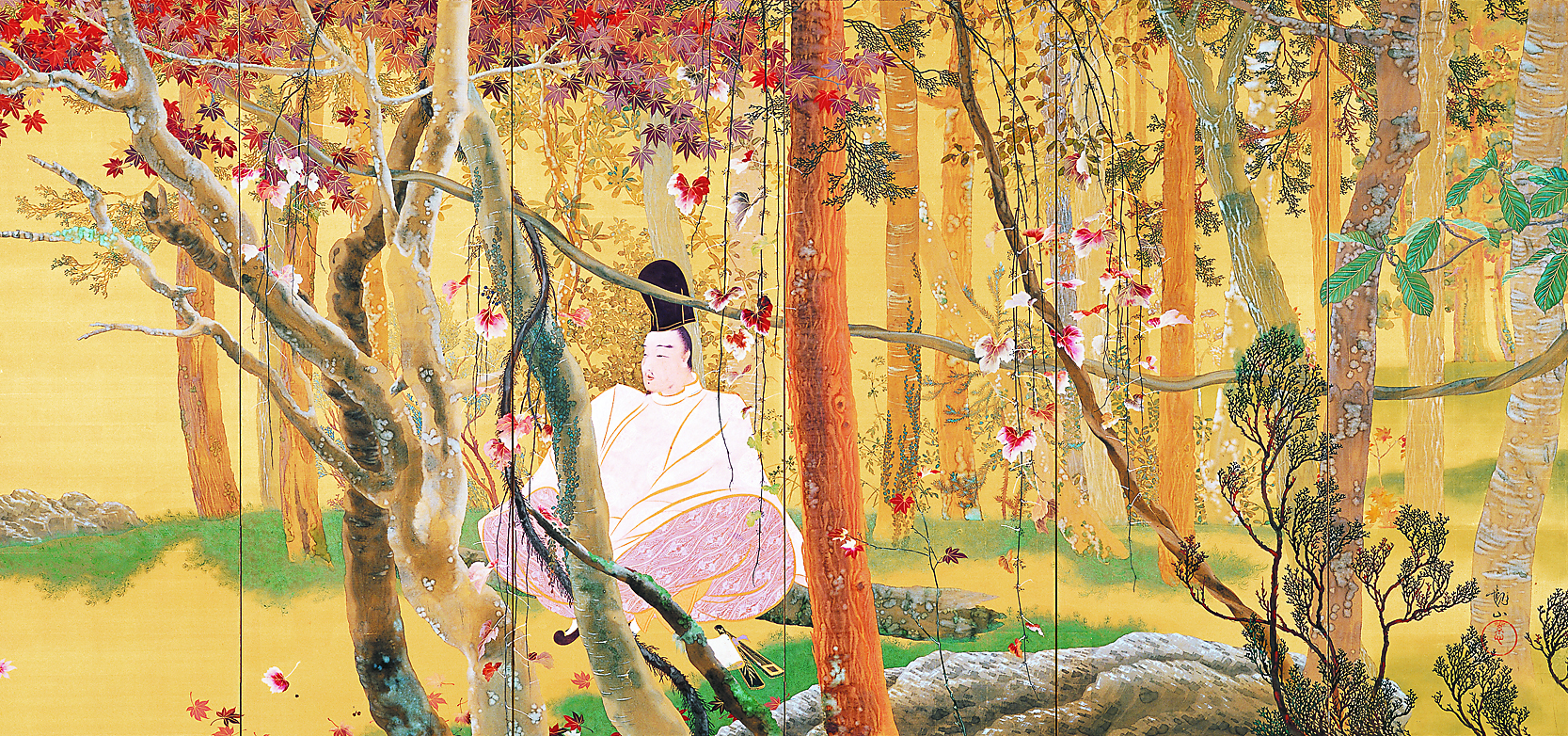Art can sometimes play a balancing or compensatory role in society, giving voice to neglected or superseded aspects of a culture. For example, the neo-feudalist ethos of Pre-Raphaelitism and the pastoralism of Impressionism developed against a backdrop of increasing urbanization and materialism. This can help steady a society and reassure people during times of rapid change.
This also seems to be one of the best explanations for the rise of Japan's nihonga movement, and the many artists and traditional styles that it sheltered. One of the most important of these was Shimomura Kanzan.
Despite living through one of the most turbulent periods of change in Japanese history, Kanzan produced artworks that nevertheless have a particularly pristine and timeless quality, as visitors to the extensive retrospective of his work at the Yokohama Museum of Art can see. Timed to coincide with the 140th anniversary of his birth in 1873, the exhibition, takes a wide-ranging look at his career.



